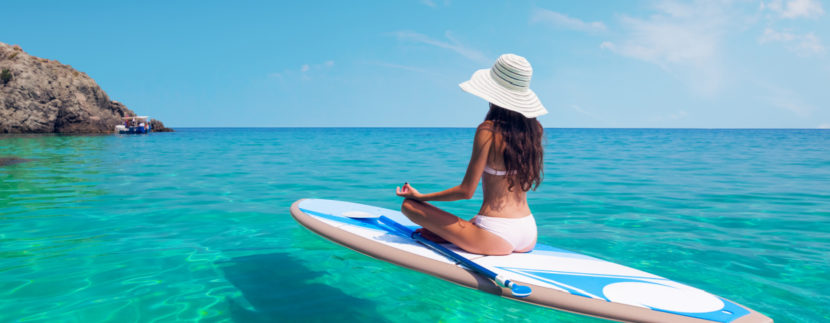Why This U.S. State May Start Charging A Tourist Fee

[ad_1]
Last Updated
Hawaii may become the first U.S. state to introduce a tourism fee to alleviate the effects of overcrowding and to restore the environment.
While tourist fees are nothing new in some popular destinations, Hawaii would be the first place in the United States to introduce a similar fee if the measure passes.
Here’s what you need to know about Hawaii’s proposed tourist fee:

Hawaii Considers Introducing Tourist Fee
Last year, Hawaii’s current governor Josh Green campaigned with the promise to introduce a $50 tourist fee that all visitors would have to pay.
According to Green, “All I want to do, honestly, is to make travelers accountable and have the capacity to help pay for the impact that they have.”
He goes on to explain, “We get between 9 and 10 million visitors a year, but we only have 1.4 million people living here. Those 10 million travelers should be helping us sustain our environment.”

However, the concept of a $50 tourist fee may go against the U.S. constitutional right to free travel, making it unlikely to pass. According to the Associated Press, legislators have suggested that the fee should be for access to Hawaii’s state parks and hiking trails instead.
Most state parks and hiking trails are currently free or charge a nominal fee of $5 to $10.
Charging a fee to access these places would still allow Hawaii to collect money from visitors for environmental protection, conservation, and restoration, but it would not infringe on the right to free travel as a general tourist fee might.
Top 5 Travel Insurance Plans For 2023 Starting At $10 Per Week

Overtourism And Environmental Damage In Hawaii
Hawaii is known for being one of the most beautiful places in the U.S., with lush mountains and valleys, tropical flora and fauna, and breathtaking beaches.
The staggering natural beauty of Hawaii has always made it a popular destination for tourists, but crowds have only been increasing in the last decade.
According to Hawaii’s State Representative Sean Quinlan, who chairs the U.S. House Tourism Committee, hiking in Hawaii is up 50% in the last decade.

Thanks to the impact of Instagram and other social media platforms, visitors have been seeking out hidden gems and off-the-beaten-path hikes in Hawaii in order to capture that Instagram-worthy view.
In the last decade, the average number of yearly visitors to Hawaii has increased by several million, adding increased strain to the environment and infrastructure of the state.
The effects of overtourism in Hawaii have led to polluted beaches, the destruction of coral reefs, interference with the habitats of dolphins and sea turtles, damage to water sources, and more.

A recent campaign from the Hawaii Visitors & Convention Bureau was even launched to ask visitors to be more respectful of the environment.
Other Destinations With Tourist Fees
While Hawaii would be the first state to have such a fee, tourist conservation fees are not unheard-of in other popular destinations around the world.
The Galapagos Islands in Ecuador charges a $100 USD cash fee for all visitors entering the national park.

New Zealand charges a $35 NZD (~$21.85 USD) International Visitor Conservation and Tourism Levy to all visitors upon entry into the country.
Thailand will introduce a tourist fee of approximately $9 USD beginning in June, and Venice, Italy has been discussing a similar fee for several years now, although it has yet to become official.
If Hawaii should pass its tourist fee, it will join these other destinations in attempting to leverage tourism to generate money for protection, conservation, and restoration efforts to mitigate the harm that has been done by extreme overtourism and overcrowding.

Traveler Alert: Don’t Forget Travel Insurance For Your Next Trip!
↓ Join Our Community ↓
The Travel Off Path Community FB group has all the latest reopening news, conversations, and Q&A’s happening daily!

SUBSCRIBE TO OUR LATEST POSTS
Enter your email address to subscribe to Travel Off Path’s latest breaking travel news, straight to your inbox.
This article originally appeared on TravelOffPath.com
[ad_2]
Source link






